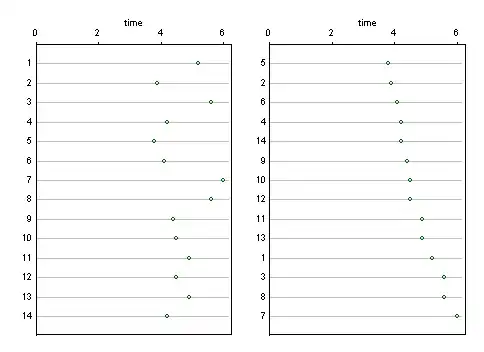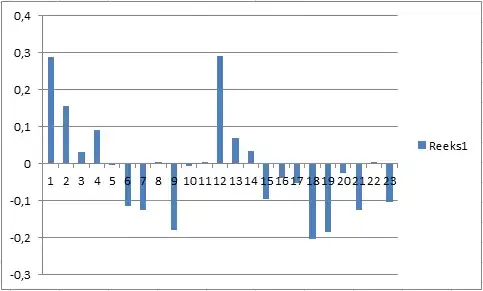I've got data of which I think it has a seasonality. My data has a peak in july/august and one in december. I have only data of 2014 and 2015, but in both of the cases this is happening. (See my graph)
I tried to confirm this with autocorrelation, but this method only gives the so-called "White noise", probably because the seasons are 'irregular' (not one peak per year or something, it's not yearly, not quarterly etc.)
I need to forecast over this data, but I'm not sure if I should pick a model that uses seasonality or one that doesn't use seasonality.

